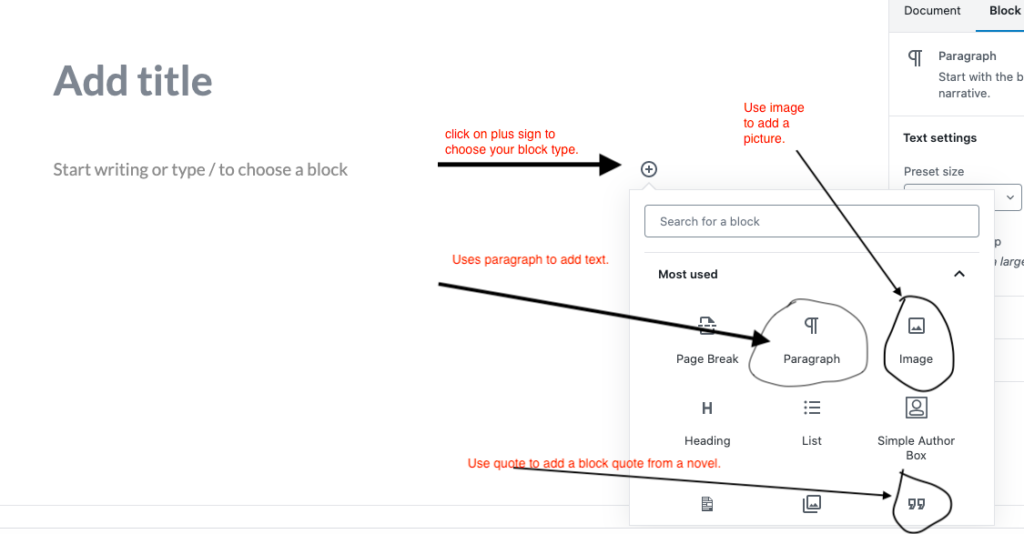(Adapted from Brian Croxall’s DH Project Evaluation assignment)
If we’re going to spend the semester conducting research and completing a digital humanities project, it might be useful for us to see some finished projects ahead of time. Looking at examples like this can provide us with inspiration for what we try to do.
But we can do more than just look: we can do some research and reflection, considering what works and what doesn’t. Asking and answering the same question Miriam Posner poses—“how did they make that?”—will prepare us to be thoughtful about what we want to accomplish as we work on the poetry of Carol Ann Duffy.
In this assignment, you will do a deep dive into a specific digital humanities project. You will work to understand what questions they seek to answer, how they are organized, and what technologies and methods they use. This assignment has two parts: a presentation and a paper.
Presentation
On the day for which you sign up, you will give us an approximately 5-7-minute presentation on your two projects. You will cover most of the same points that you will write about in your paper (see below). You should plan to walk us through portions of the site to help demonstrate your points. Remember: you’re the expert on this project now, and you’ll be introducing it to us. The bulk of the presentation should be explanatory rather than evaluative, but you can provide your thoughts on the projects as you go. You should conclude the presentation by summarizing what you’ve learned by investigating these two projects.
This is not something that you should just wing. Feel free to bring in notes or a script and to practice beforehand.
Written assignment
Your “How did they make that?” entry should be about 300 words and do your best to address the following:
- Who made the project?
- What are the goals of the project?
- Who is the project’s intended audience(s)?
- What are the project’s conclusions? In other words, what did the researchers learn after all their hard work?
- What specific methods and/or technologies does the project employ?
- How long did the project take from start to finish?
- What are the strengths and weaknesses of the project?
- Reflect a little on what the project tells us about our local region. Does it enhance our knowledge with facts you didn’t know before? Does it add nuance or context to things you already knew? Does it gel with your understanding of the region? Does it seem off-base?
Although I’m asking you to tackle some very specific questions, the paper should not be written in bullet points but instead with paragraphs.
Submit your written assignment on the course website at the start of the class on which your present, with the tag “How did they make that.”
Projects
Below is a list of projects that you can evaluate. Each project can only be claimed by one person, so when you know what you want to work on, make sure you email me to claim it! I’ll update the list as projects are claimed, both here and on Blackboard. If you find another that you would like to choose instead, please email me first. (In particular, you’ll notice that St. Louis exerts an outsized influence on this list. If you find a digital project about the Metro East, please send it my way!)
Mapping Decline: St. Louis and the American City, http://mappingdecline.lib.uiowa.edu/(Caden)Macoupin County Open Data Portal, https://data.macoupincountyil.gov/(Myrcale)Saint Louis StoryStitchers podcast, https://storystitchers.org/stitchcast-studio/(Aidan)St. Louis History in Black and White: From Dred Scott to Ferguson, https://black-white.stlpr.org/(DaJanae)Connecting the Dots: A birds-eye view of St. Louis’s LGBTQ history, 1945-1992, https://storymaps.arcgis.com/stories/84825f5c2b734afab78663dc1b64f20c(Sam)The St. Louis Corridor: A case study of dialect islands, https://storymaps.arcgis.com/stories/8be14b88e68e4092bbbca3fd8a53cc82(William)- Mill Creek Valley Community, https://uploads.knightlab.com/storymapjs/6e89f9a3ba656983c8590b6a468e2a8f/mill-creek-valley-citizens-and-community/draft.html
St. Louis Food Access Storymap, https://moenvironment.org/blog/northstlfood/(Kendall)Citizen Brown: Race, Democracy, and Inequality in the St. Louis Suburbs, https://scalar.usc.edu/works/citizen-brown/index?path=index(Jaidyn)Archive of St. Louis Punk, https://stlpunkarchive.omeka.net/about(Zap)- St. Louis Patina, https://stlouispatina.com/
- Mill Creek Valley and African American life in early 20th century St. Louis, https://www.theclio.com/tour/1376
- Bulldozing a Path: North St. Louis and the NGA, https://vimeo.com/656770932
The History of Toxic Waste in St. Louis, https://cdn.knightlab.com/libs/timeline3/latest/embed/index.html?source=1N9a8LmR5XTJpMmLyRBuhP_-L5udWikEaiqZ8Q77hAVk&font=Default&lang=en&initial_zoom=2&height=650(Mary)- The Revised Dred Scott Case Collection, http://digital.wustl.edu/d/dre/index.html
Andrew J. Theising Collection, https://collections.carli.illinois.edu/digital/collection/sie_ajt(Caroline)- Documenting Ferguson, https://digitalexhibits.library.wustl.edu/s/ferguson/page/home
St. Louis Circuit Court Historical Records, https://library.wustl.edu/research-support/digital-projects/stl-circuit-court-records/(Madison)- We Are St. Louis, https://mappingstl.org/about/
- The Saint Louis Story, https://www.thesaintlouisstory.org/
- The St. Louis Regional Data Exchange, https://rdx.stldata.org/
- Louis H. Sullivan Ornaments, https://collections.carli.illinois.edu/digital/collection/sie_arch
The Overland Trails, https://dsl.richmond.edu/panorama/overlandtrails/(Maia)
Grading
Your grade for this project will be based 60% (30 points) on your paper and 40% (20 points) on your presentation.
Your presentation will be evaluated on its clarity, organization, and your discussion of what you’ve learned.
Your paper will be graded on how well it meets the requirements outlined above, as well as clarity, organization, attention to detail, and clarity.
